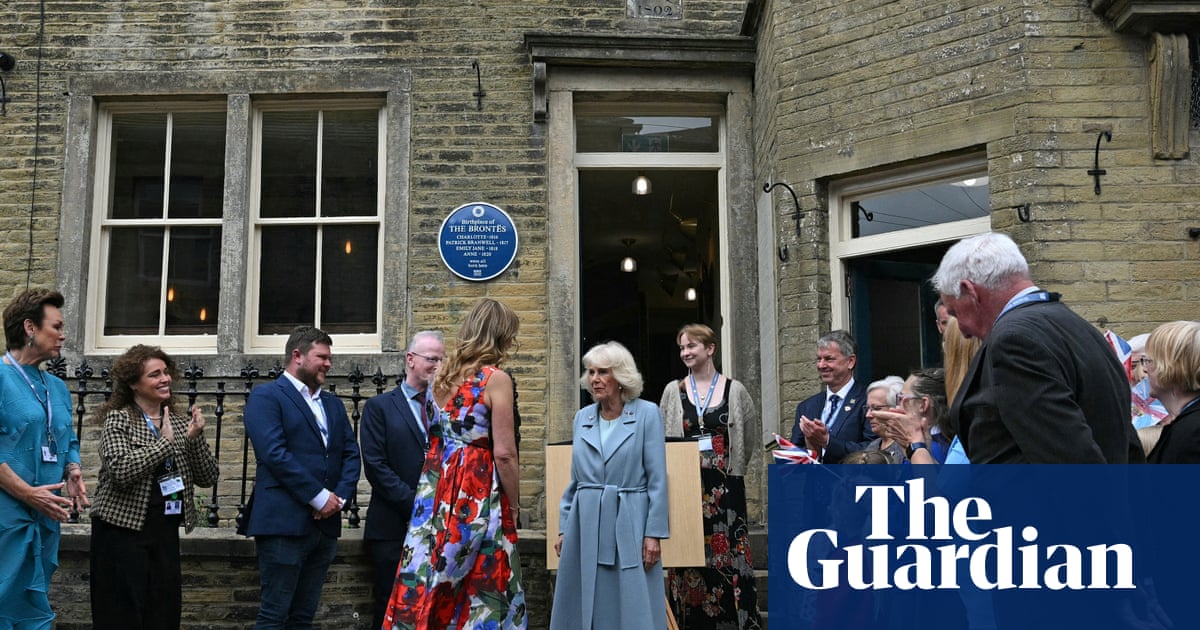The refurbished house inBradfordwhere the Brontë sisters were born is now welcoming visitors, having been opened on Thursday by the queen.
Nestled in a narrow street in the village of Thornton, the home where the literary dynasty spent the early years of their lives was officially opened byQueen Camilladuring her visit to Bradford, this year’s City of Culture, with King Charles.
This follows 18 months of hard-fought campaigning and fundraising to purchase the historic building and transform it into a museum, educational centre and overnight accommodation.
The modest house is where the Brontë sisters Charlotte, Anne and Emily were born and lived with their church minister father Patrick and their brother Branwell. The family, including their mother Maria and two older children, Maria and Elizabeth, moved to the now-famous parsonage in Haworth in April 1820, when Charlotte was four, Wuthering Heights author Emily, two, and Anne, who went on to write The Tenant of Wildfell Hall, just three months old. Maria died not long after the move, aged 38, and the two older sisters both died in 1825, aged 11 and 10.
The building at 72-74 Market Street, Thornton, Grade II* listed since 1952, has had various uses since they left, including housing several butchers and most recently a cafe, which closed down during the Covid-19 pandemic.
A team of campaigners including Bradford-born TV presenter Christa Ackroyd and Nigel West, a volunteer fundraiser who has family links to the Brontës, have worked tirelessly to first buy the building, which went on sale for £300,000, and then raise money to renovate it.
Thanks to a £250,000 grant from the Bradford City of Culture fund and a huge crowdfunding appeal, they hit their £650,000 target. The house will now act as a museum and an educational centre for visiting school groups.
Sign up toBookmarks
Discover new books and learn more about your favourite authors with our expert reviews, interviews and news stories. Literary delights delivered direct to you
after newsletter promotion
Almost a million visitors travel to Haworth every year, many of them for the Brontë links. The team behind the project is now hoping a good chunk of them will also visit Thornton, six miles away.
From July the house’s bedrooms will be open for overnight stays. The biggest has been called Charlotte’s Room, dominated by a four-poster bed, but in reality it would have been where all six Brontë children slept, with Patrick and Maria next door in what is now known as Emily’s Room. A third, named for Anne, is actually in a part of the building that was added to long after the family left.
West said: “This will be the only place in the world where you can sleep in the same room that the Brontës slept in. Downstairs, in what is now the cafe, they were born on the floor right in front of the fireplace.”
